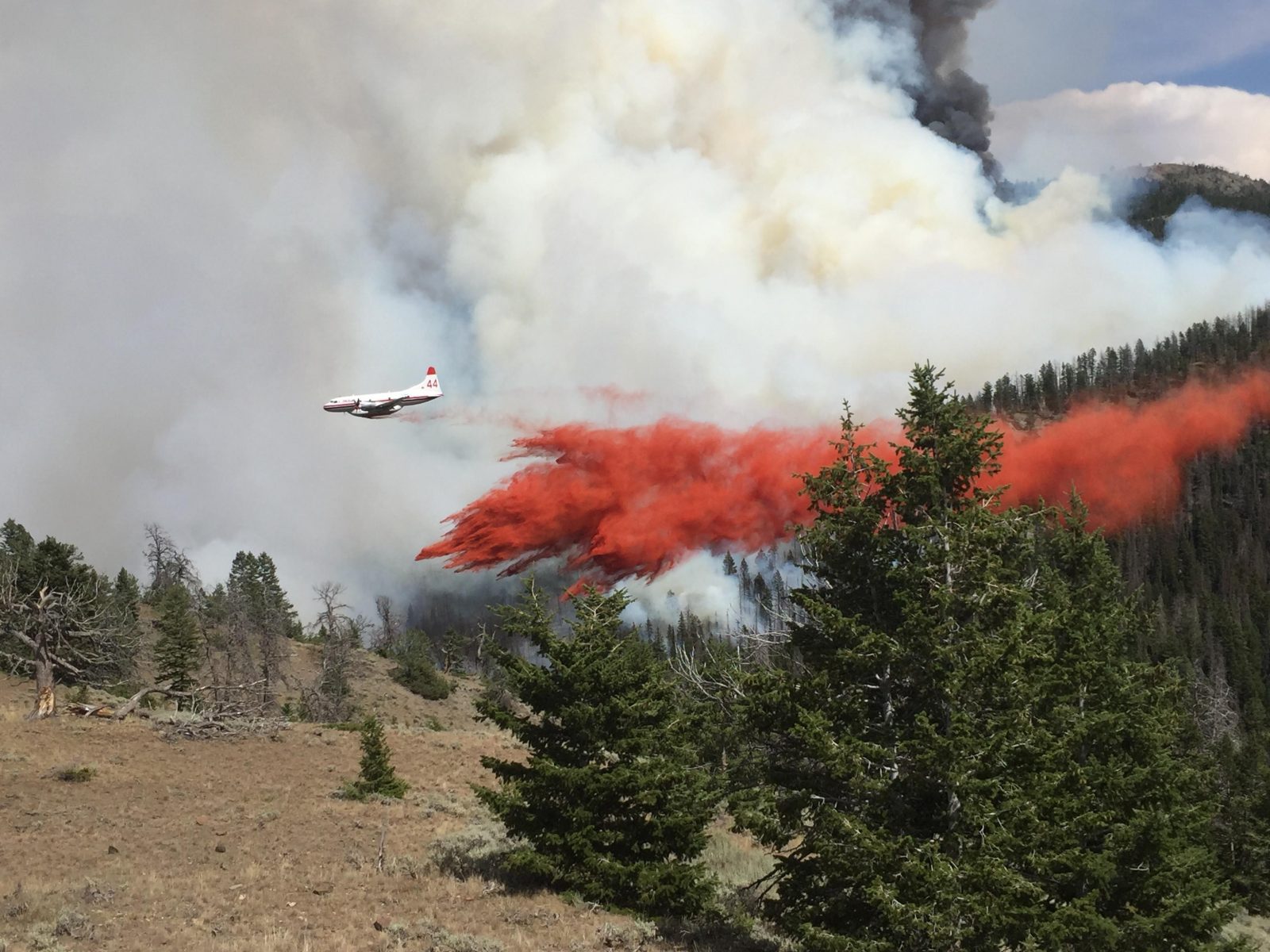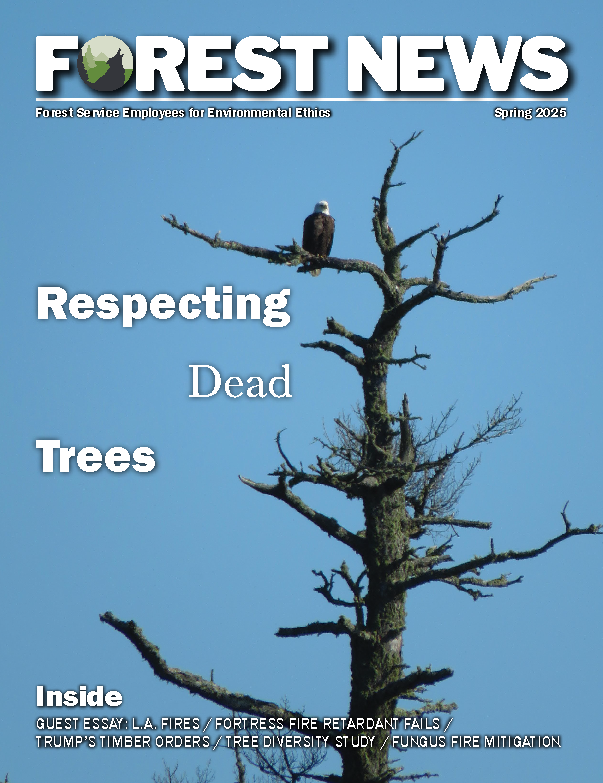For the past several days, smoke has engulfed much of Oregon’s Willamette Valley, prompting residents to don facemasks and look longingly at forecasts for signs of cooler weather and cleansing winds.
An active fire season in the state, and across much of the West, has brought wildfires to the fore of public consciousness. That attention only intensified in Oregon last week when a human-caused wildfire broke out in the celebrated Columbia River Gorge, east of Portland.
As of today, the Eagle Creek fire had burned more than 33,000 acres and prompted the evacuation of nearly 2,000 people.
Yesterday, news broke that the fire had crept into the Bull Run River watershed, which provides drinking water to about 1 million Oregonians, including Portland residents.
Shortly thereafter, The Oregonian newspaper confirmed that the Portland Water Bureau had approved the use of fire retardant in the watershed.
Rob Davis, the reporter who broke the story, called FSEEE Executive Director Andy Stahl to ask his opinion. Andy pointed out that retardant isn’t capable of putting out fires, only slowing the advance of flames by coating vegetation and thus making it harder to burn.
If the plans are to drop retardant directly on flames, Andy said, that would indicate that “the Portland Water Bureau has not got a clue.”
Andy pointed out that retardant does very little to slow the advance of large, wind-driven crown fires like the Eagle Creek fire.
“There is no evidence that it serves any useful purpose in stopping forest fires,” Andy told the newspaper. “If retardant was so great at stopping fires, why hasn’t it stopped this one?”



Why no mention of the adverse health issues and contamination of water and food crops from the use of aerial fire retardants that as pointed out are of little use any way and of no use with wind driven fires. Only 10% of any aerially applied material reaches its target area, which is reason enough to ban all aerial applications.
We need data about the effectiveness of retardant not just statements that it doesn’t work. I agree with that but to change the culture we need the evidence and facts. Please post links to scientific peer reviewed reports on the effectivnesss or lack thereof of retardant.